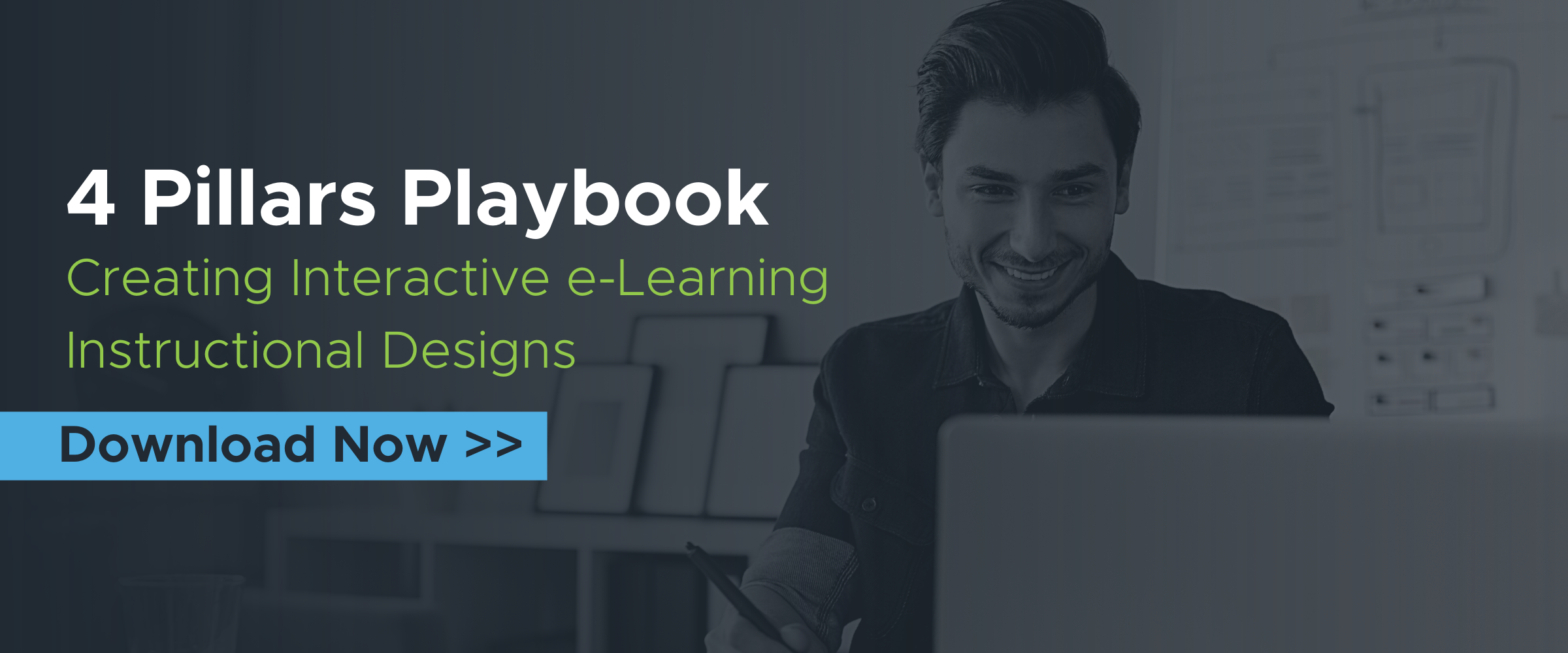Blog
On the Road with Ethan Edwards: Golden Spike National Historic Park
In "On the Road with Ethan Edwards," Ethan visits the Courthouse Square in Sullivan, Illinois.

.png?width=1387&height=526&name=Services%20-%20On%20the%20Road%20w%20Ethan%20Edwards%20%20(1).png)
On the Road with Ethan Edwards: Courthouse Square in Sullivan, Illinois
By Ethan Edwards | June 08, 2021 | Custom Learning | 0 Comments
In "On the Road with Ethan Edwards," Ethan visits the Courthouse Square in Sullivan, Illinois.
One of the most enjoyable facets of designing instruction is the constant opportunities afforded for learning and growing oneself. At least the opportunity is there, although I fear that sometimes it is too tempting to settle into a well-worn course in our work.
The advantage of that, of course, is that we gain efficiency with routine and reuse, making our work lives a little less harried and stressful. But the cost is a gradual dulling of our design sense and creativity—which in the long run is limiting to us and not fair to the students we serve.
Even under the best of intentions, we will be wrong about something. Maybe not in the moment, but maybe sometime in the future as conditions might change but our approaches stay the same. Or always applying the same filter to our situations without being open to the possibility (and the necessity) for change will block the possibility of discovering a fresh new insight.
I was reminded of this, this past weekend on finding myself reassessing a firmly held opinion, simply by experiencing something in a new light. I captured my thoughts in one of my 'On the Road' e-learning instructional design spontaneous videos.
Of course, my personal opinion of a bit of architecture is of no particular significance, but it was a revelation to be aware of how time, experience, and perspective can transform how we see the world.
It brought to my notice something important that I might have let slide. I’ve lectured about the CCAF model of interactivity for e-learning instructional design more times than I can count over the last few years, and it is easy to settle into patterns of routine. But last week, a student posed a question that revealed an insight into thinking about the model that casts the interplay between the activity and the feedback in a new light. I want to make a point of incorporating that slightly shifted view into how I talk about it moving forward. Even things we immerse ourselves in all the time can still yield new insights.
It is so important that we are continually open to the possibility of change—improvement, growth, learning, and insights. Of course, we need to adhere to what we know to be true of learning and human performance, but we also need to realize that we have, at times, operated under assumptions that later proved to be wrong. As experience grows, so should the complexity and perceptiveness of our understanding…and we should rejoice in the possibility of always discovering something better.

About the Author: Ethan Edwards
Ethan Edwards draws from more than 30 years of industry experience as an elearning instructional designer and developer. He is responsible for the delivery of the internal and external training and communications that reflect Allen Interactions’ unique perspective on creating Meaningful, Memorable, and Motivational learning solutions backed by the best instructional design and latest technologies.
Comments
Would you like to leave a comment?
Related Blog Posts
.png?width=316&name=Services%20-%20On%20the%20Road%20w%20Ethan%20Edwards%20%20(7).png)
By: Ethan Edwards | Nov, 2021
Category: Custom Learning
.png?width=316&name=Services%20-%20On%20the%20Road%20w%20Ethan%20Edwards%20%20(5).png)
Blog
On the Road with Ethan Edwards: Pettit Chapel in Belvidere, Illinois
In "On the Road with Ethan Edwards," Ethan visits the Courthouse Square in Sullivan, Illinois.
By: Ethan Edwards | Nov, 2021
Category: Custom Learning

Blog
It’s No Mystery: Meaningful & Memorable Matters
In "On the Road with Ethan Edwards," Ethan visits the Courthouse Square in Sullivan, Illinois.
By: Ethan Edwards | Jun, 2013
Category: Custom Learning

